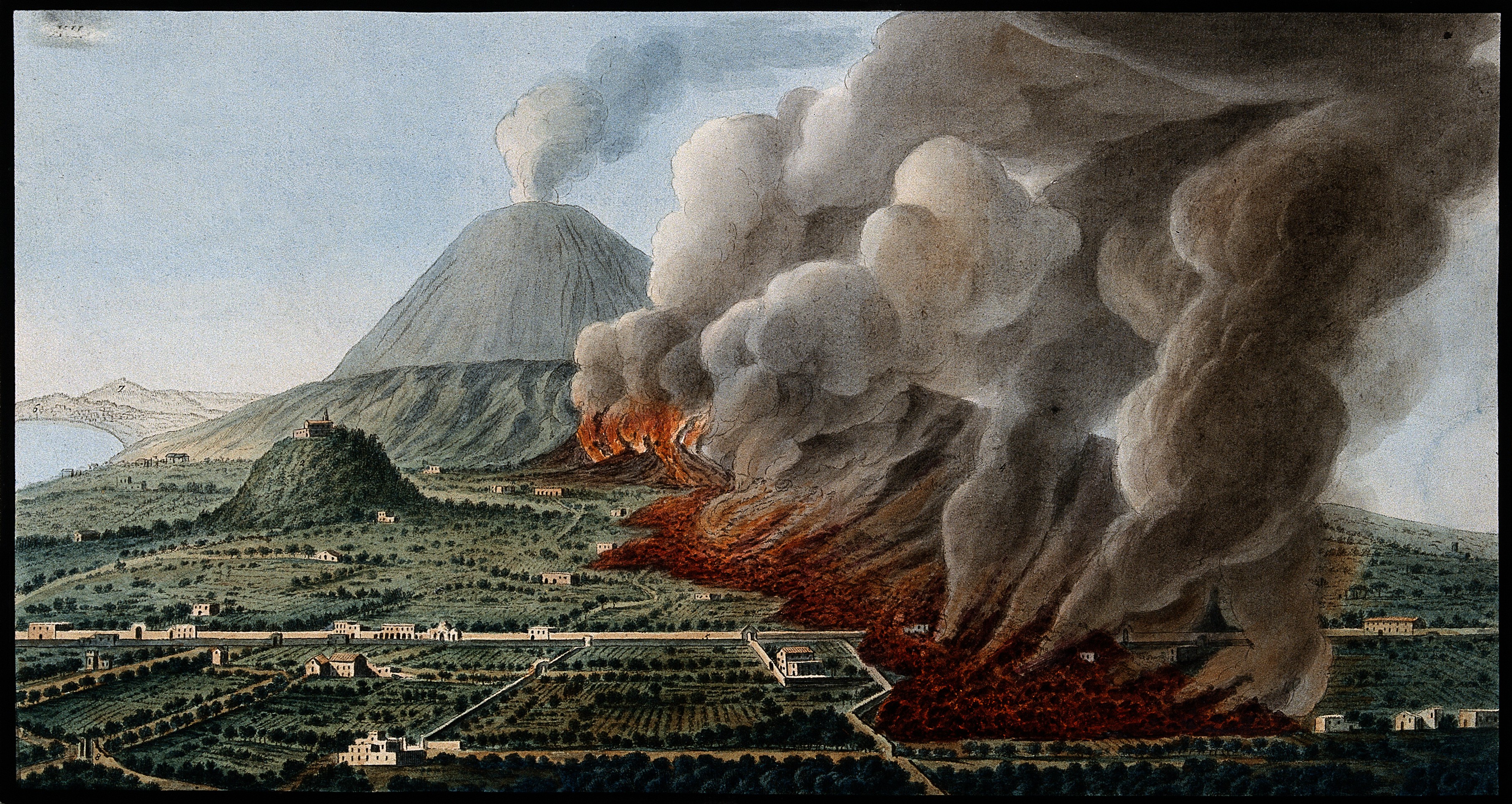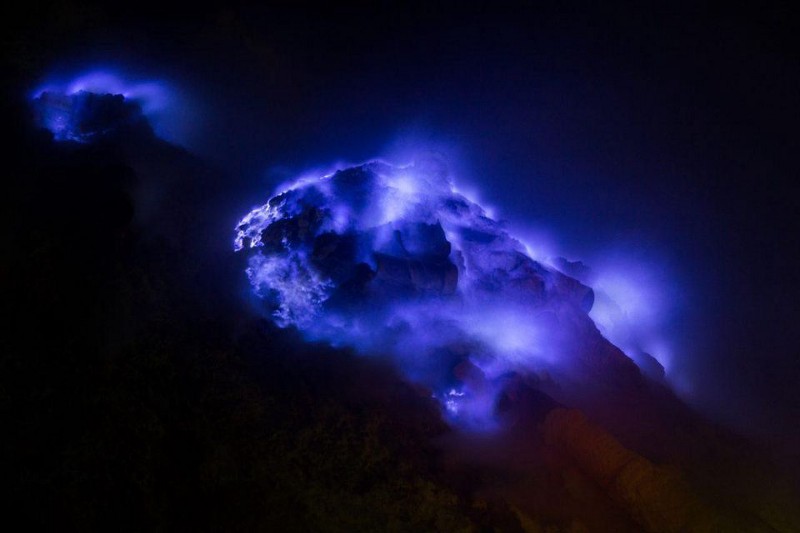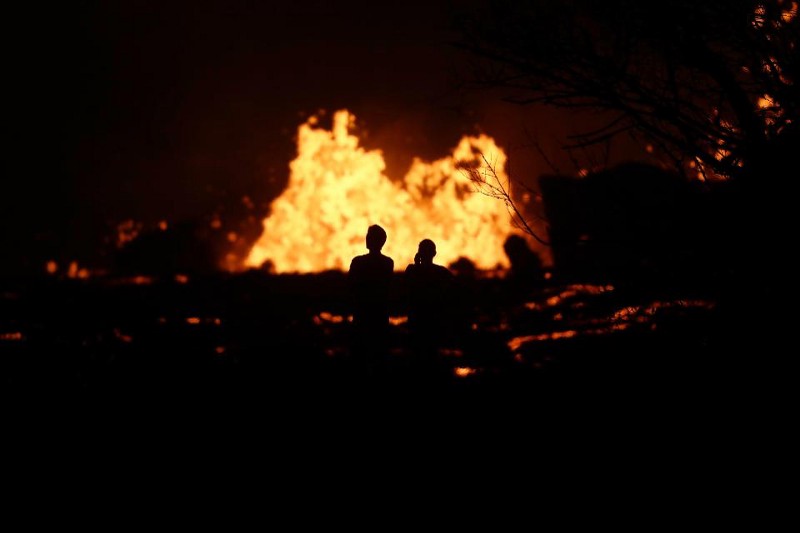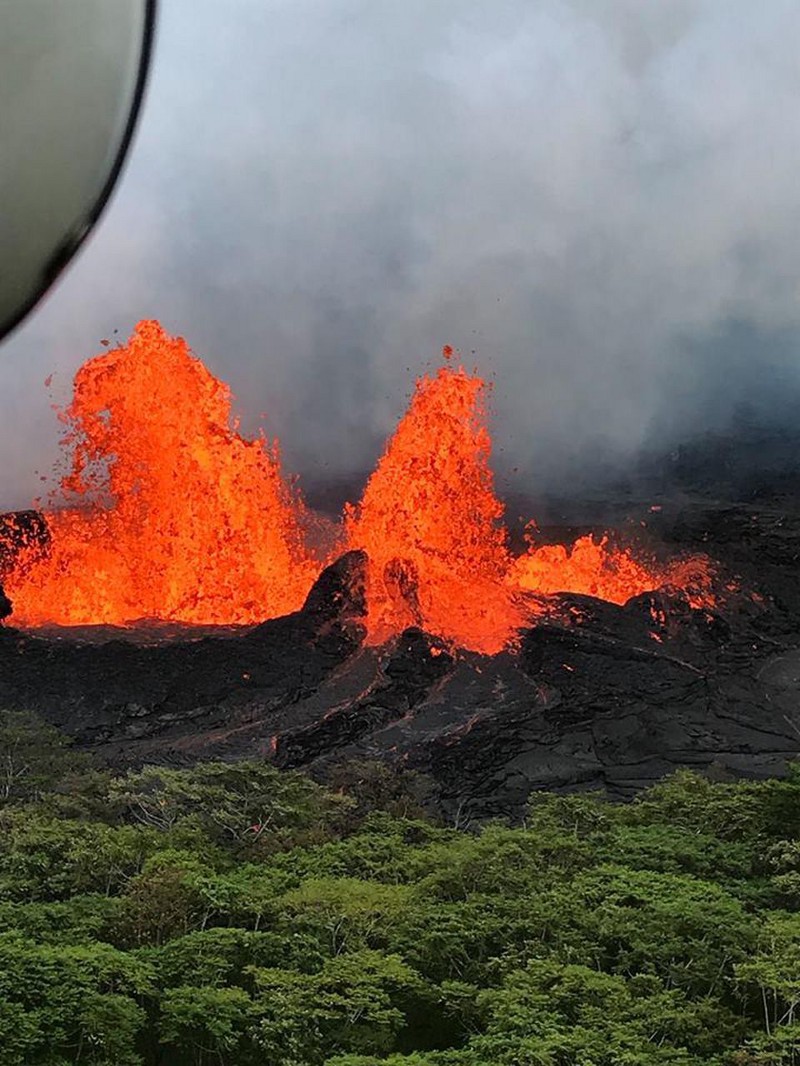Italian volcano update (May 12, 2011): Etna keeps erupting and threatens cyclists / Planning for Vesuvius’ next eruption
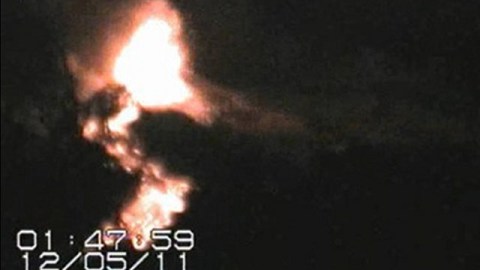
Last night, Italy’s Etna started a new period of eruptive activity – and for those of us watching the webcams, it put on quite a show. You can see video of the new eruption at MSNBC (with quotes from a certain Dr. Behncke), the BBC and in the Telegraph, but the lava fountain and flow produced from the southeast crater were quite impressive. Of course, to add a little intrigue to the eruption, the Giro d’Italia cycling race is supposed to end at Etna on Sunday, but the ash and, well, erupting volcano, might pose some problem to the cyclists. However, race director Angelo Zomegnan says “The stretch in question is only that of the last 4 miles on Etna, but onsite teams are already working to clear the road”, so it appears that the race will go on as planned. The ash from this new activity has also caused airport closures (N.B., this link has an image to a previous eruption) and flight diversions around Sicily into today.
As usual, Dr. Boris Behncke has posted a great image of the new eruption at Etna (see below) that shows the lava flow snaking down the volcano, with prominent levees on the sides of the flow, and the lava fountain that is the source of the flow. Now, this is all typical activity for Etna and it seems that we should expect to see more activity like this at the volcano if Etna behaves as it has in the past. You can see if you can catch many of the action on the variety of INGV webcams pointed at the volcano – but right now, clouds are obscuring the crater area. However, you might get lucky like I did last night (see top left).

In other news of Italian volcanoes, I read a fascinating article in Nature about the challenges facing plans for the future eruptions of Vesuvius. The city of Naples, with its population of over 3 million, sits at the foot of the volcano, so evacuation and mitigation plans for Vesuvius are vital. However, there is a lot of controversy of exactly how to plan for the eruption – and exactly what sort of eruption to expect, everything from a giant Plinian eruption such as in 79 A.D. or a smaller eruption such as occurred in 1631. This highlights the debate in hazard mitigation of “worst case scenario” versus “most likely scenario” and the best to which construct a hazard plan around. A study by Baxter et al. (2008) suggested that there is a 70% probability of an explosive eruption but only a 4% chance of a catastrophic plinian one, so the challenge is very real on how to best prepare the Naples area for the next eruption at Vesuvius.
Top left: A webcam capture of the eruption at Etna on the night of May 11-12, 2011.
